HTC 10 Review
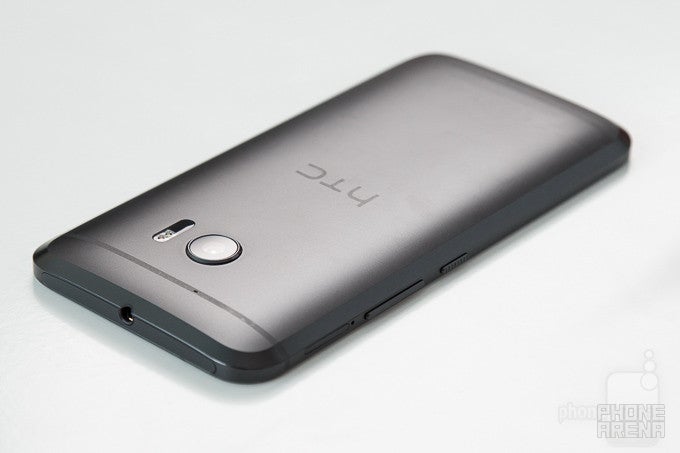
We all love us an underdog. But the story of HTC doesn't quitequalify it for the role. At the height of its power, the Androidpioneer was responsible for one out of four smartphones sold in theUnited States, and not by accident. But like so many other of thegiants of old—think Nokia, BlackBerry—the company's fortunes tooka turn for the worse. Rock bottom was last year in August, when theonce high-flying brand's stock was trading below cash reserves,meaning it was essentially worthless in the eyes of investors.
With the 10, HTC must proveto the world that its wares are worth the dough. And theirs have beena tough sale lately, largely because of objective shortcomings thatthe HTC 'style' of doing things—a style we've always been attractedto—wasn't enough to cover for. So the 10 needs to be rock-solid bothon the inside and outside, while also doing a splendid job getting usthrough a busy day of life acrobatics.
Let's see how it does.
Design
Design isn't just about looks. The HTC 10 proves it.
Ask a person what they think of the design of anything and they'relikely to start yapping about looks. And sure, looks are importantand very much a part of design. But they're far from the be-all andend-all. And sometimes, we need devices like the HTC 10 to bereminded of that.
The HTC 10 not only looks great—it also feelsgreat. In the hand, it's substantial and pleasantly heavy in a waythat few phones are. From the chamfered edges on the back, throughthe solid aluminum body, the 10 is a smartphone with style. And it'salso cleverly engineered.
For example, those aforementionedchamfers aid handling ergonomics and help you forget the specs—thespecs that list the HTC 10 as 0.35 inches-thick (9mm), or more thanany competing flagship. And while the phone is ratherchunky, it feels like its thickness is a statement just as much as anengineering necessity. Also helpful is the ridged power button, whichis centered on the right side, with the volume rocker a bit higherfor a perfect, secure grip.
Turning our attention to the front, it's where HTC's design team letsus down the most. Adopting many of the characteristics of the HTC OneA9, the 10 isn't exactly striking when looked head-on. Probably thebiggest offender here are the weird proportions of the top and bottombezels, along with the home button which sits strangely off-center.
Available in silver and dark-graymattes, the HTC 10 strikes us as a rather masculine device. And whilein terms of looks it's not the prettiest phone out there, it's aglaring example of macho design—and that, to be fair, is not a badthing at all.
Display
Better than most.
One thing we used to appreciate HTC devices for were the displaypanels the company used. They were bright, mostly color correct andwithout the gaudy colors typical of AMOLEDs, and never went forstupid-high resolutions, trading efficiency for just a tiny bit moreclarity. Up to a point, this remains the case with the HTC 10.
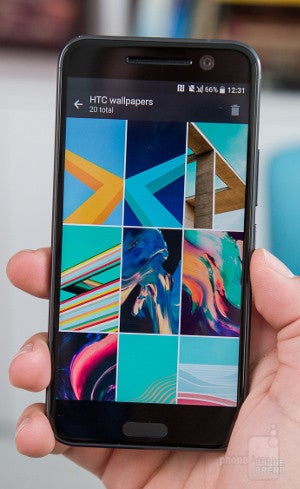
Speaking of the image, it's a good one overall, but not perfect. Dueto a disbalance between the primary Red, Green, and Blue (or RGB)colors, with the latter two towering above the former, there's aleaning towards a colder color temperature. In layman's terms, thismeans that the screen is bluer than it should be. As for overallcolor fidelity and gamma response, we're mostly pleased, even in thecontext of comparing the phone with other flagships.
A little bit of a disappointment after this showing was thebrightness of the phone, as it peaks at a little over 370 nits, whichis definitely on the lower end of the high-end spectrum. Still, thescreen is legible under sunlight, if less so than competingsolutions. Luckily, at 7 nits, minimum brightness is sufficiently lowfor nighttime usage.
UPDATE: HTC has sent us a new 10 unit, whose maximum brightness we measured at 430 nits. According to the manufacturer, this is the true luminance the panel is capable of, and there's been something wrong with our initial unit. We're willing to believe this is in fact the HTC 10's true max brightness level.
Finally, it should be noted that the HTC 10's software allows you totweak display metrics through two distinct screen modes: Vivid andsRGB (on which we've based our analysis above). The former is yourtypical, overly saturated, AMOLED-like mode, though both modes offerthe option to manually adjust color balance—which we did in orderto compensate for the bluishness.
Interface
We dig the no-nonsense approach of Sense 8!
What we've always loved about HTC is the holistic nature of theirdevices. So the strapping hardware is complemented by equallyno-nonsense software in the Sense 8 interface. Alike to Sony's Xperiatheme, Sense 8 on the HTC 10 is more about executing the essentialswell, all the while showing apathy for excessive—and largelyunimportant—features. Unlike Sony, however, HTC's software designteam knows how to create a visually impactful UI.
A great example is the Themes app, which allows you to completelyredecorate the look and feel of your homescreen. Everything, from appicons through wallpapers, fonts, and color schemes, can be edited toyour taste, though we're yet to feel inclined to mess up with thedefaults. Another stand-out—but actually useful—feature is theBlinkFeed homescreen, which integrates news, social media feeds, andcontextual recommendations (think stuff like where to grab a bite).Best of all, unlike Samsung's very similar 'upday' (previously MyMagazine) homescreen, transitioning to BlinkFeed is completelylag-free.
The only other feature worth mentioning is HTC's Boost+ app. As thename suggests, it's supposed to keep the HTC 10 performing fluidly bymanaging your apps in the background and scheduling regularmaintenance to clear out junk files. Boost+ also lets you lock otherapps so that they only open through a pattern or fingerprint.
Despite this overly positive experience, we'd be remiss if we didn'tpoint out that we're no fans of the TouchPal keyboard that comes bydefault. It's unnecessarily complex—which runs counter to the restof Sense 8's UX design—and even improperly localized for westernmarkets in terms of the default layout. Given HTC's commitment toGoogle apps, we would have liked Google's keyboard app much better.
Fingerprint scanner
Simply exceptional!
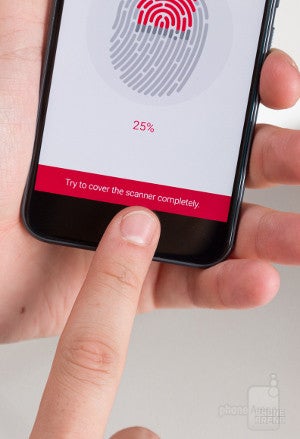
Granted, HTC could have placed the scanner a little higher on thebottom bezel for easier access, but we can't really complainmuch—it's easy to reach as is. Better yet, that thing is very fast,and absolutely spot on with accuracy. We haven't staged any intricatetests, but our takeaway is that this is possibly the most reliablescanner we've worked with, right up there with Apple's Touch ID.
Finally, while you can't lock files and photos behind it, the sensorwakes up the screen automaticallywhen you touch it, allowing for very fast access to your phone. Ifyou don't like this, you can turn it off from Settings.
Phone
For starters, the Material Design-eqsue interface can be customizedby removing entirely or just re-arranging your tabs—think callhistory, favorites, and such. The app offers staples such as speeddial and call blocking, but also speech dial, automatic answeringwhen you pick up your phone, prompts to add unknown callers tocontacts (actually useful!), and even Home dialing. That last onemeans the HTC 10 automatically figures out country codes when you'reroaming.
Messaging
If you're into messaging the old-school style, you'll find that thenative Messages app is as thought-out as the Phone one.
Apart from customization options that let you change the font,background, and chat bubbles' color, there's also support for blocklists and even extras such as a personal signature. Incoming texts bydefault trigger a notification in your status bar, but you can changethat so they're of the heads-up style and get layered on top ofwhatever it is you're doing—alike to Viber.
Organizer
Instead of relying on its own Calendar app of old, HTC has made theswitch to Google's Calendar, and that, we've found, is a plus. Notonly does Google's solution look great, but it offers perks such asbirthday and holiday reminders, but also goodies like integrationwith Gmail. So things like appointments and flight tickets enteringyour mailbox will be automatically added to your agenda, and you'llbe duly notified as needed.
Calendar is not the only Google app on the HTC 10 you'll be workingwith, however. Google Keep is also here for all your note-takingneeds and to-do lists, and the Google Sheets and Slides apps are alsopresent out of the gate.
System performance
Easily the smoothest-running, non-Nexus Android phone to date.
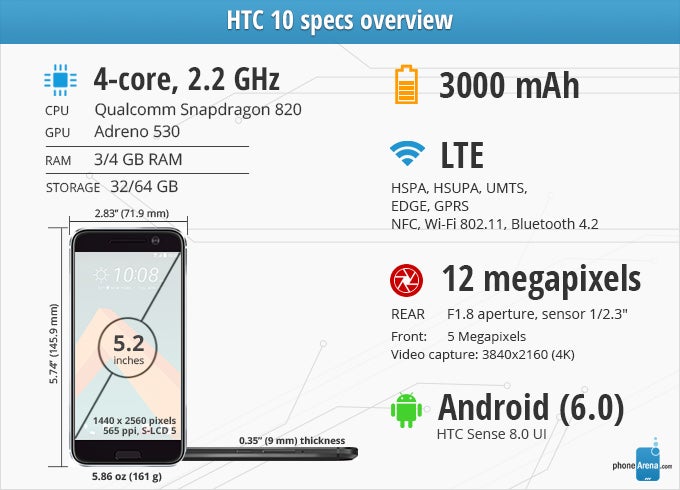
Despite ranking slightly lower than its peers on syntheticbenchmarks, it'd be crazy to even mention sluggishness in the contextof the HTC 10. Quite frankly, this is by far the smoothest-running,non-Nexus Android device to grace our offices. Every action isexecuted promptly, app open times are minimal, and it just feels likeHTC has really done its part of the job.
Who else is responsible? Qualcomm, of course, and its flagship,quad-core Snapdragon 820 processor. Paired with it are the Adreno 530GPU along with 4GB of the fastest RAM available right now. On thedownside, when under continued pressure,the HTC 10 does tend to get warm—perhaps dangerously close touncomfortably warm.
Storage is another matter that caused some arching of brows. In theUnited States, the HTC 10 is limited to 32GB of internal storage (ofwhich ~23GB user-available), with a 64GB option promised for other,unnamed markets. Don't fret, though, for the 10 comes with a microSDcard slot, which is 'adoptable' thanks to Android Marshmallow. In simplerterms, the OS will let you host apps on the card no problem, sothat's a relief. And if that's not enough to soften the blow, you'realso getting 100GB of free Google Drive storage for two years.
Internet and connectivity
The whole shebang. No Sprint LTE, however (yet).
HTC ditching its own browsing client is nothing new, so likeelsewhere, a Google solution—Chrome—is what's available. We'refond of the app, as it offers native integration with its desktopcounterpart, making for a more cohesive experience.
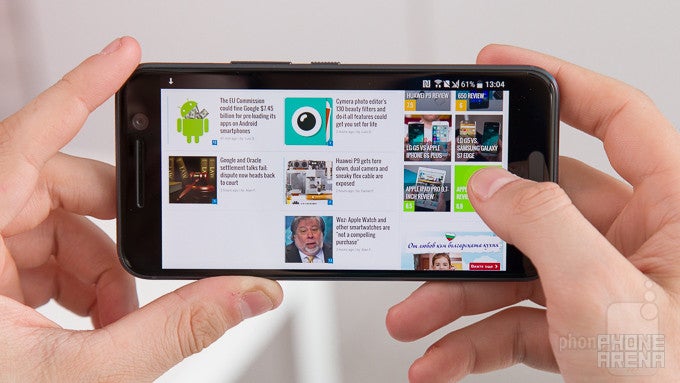
On the connectivity front, the 10 is rock-solid. Staples such asBluetooth 4.2, 5GHz Wi-Fi, and NFC are, of course, available, butthere are some extras that you won't get elsewhere. A good example isthe phone's support for AirPlay—an Apple technology—allowing youto hook up to various other devices that support the standard forwireless video/audio playback. Also worth noting is that thereversible USB Type-C port of the 10 is actually USB 3.1 Gen 1,meaning vastly superior transfer speeds than competing devices.
Finally, keep in mind that if you pick up the unlocked HTC 10 modelcurrently available, you won't be able to use it over Sprint's LTEnetwork because of a mismatch between supported and required bands. Aspecial Sprint version is upcoming.
Camera
What do you know! HTC finally caught a break.
For years now, by far the biggest weakness of HTC devices has beenthe camera. Refusing to give up its 4MP UltraPixel camera for twogenerations, the company finally moved to a higher resolution,Toshiba unit with last year's One M9. Unfortunately, it wasn't goodenough.
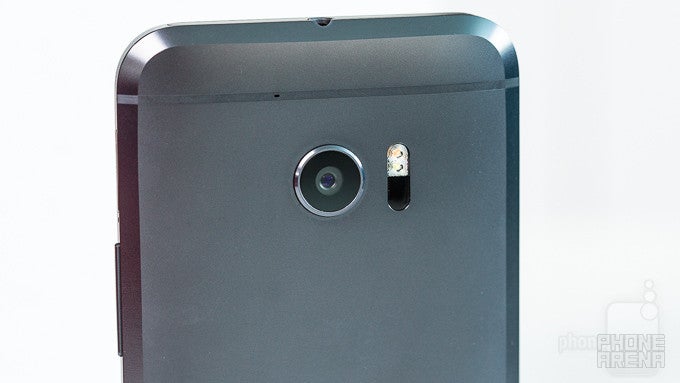
Withthe HTC 10, however, we're finally looking at a very promising setup.Not about to mess this up yet again, HTC is going with a 1/2.3”,12-megapixel sensor with large, 1.55μmpixelsand wide, f/1.8lens. Combined with optical stabilization, these parameters suggestgreat light sensitivity for when you're shooting in the dark. Upfront, we're looking at an equally compelling, 5-megapixel selfiecamera, also with optical stabilization—a first with front-facingsnappers, and a boon for club photos.
The software isdifferent. You can launch the camera by simply swiping downwardstwice—even when the phone is asleep—or by dragging the camera appicon into the middle of the lockscreen. As for the interface, it'smore minimalist than ever before and absolutely down to the point.Save for the dedicated Pro mode, which gives you manual control over variables such as ISO and shutter speed, it's a really clean execution overall.
Image quality
While the camera app on the HTC 10 is relatively slow to take a snap,once it does, the results are overall great. On the plus side, whitebalance is almost universally set correctly despite some slips, soyou can expect photos that are true to life. Dynamic range, while notbest-in-class, is pretty decent overall.
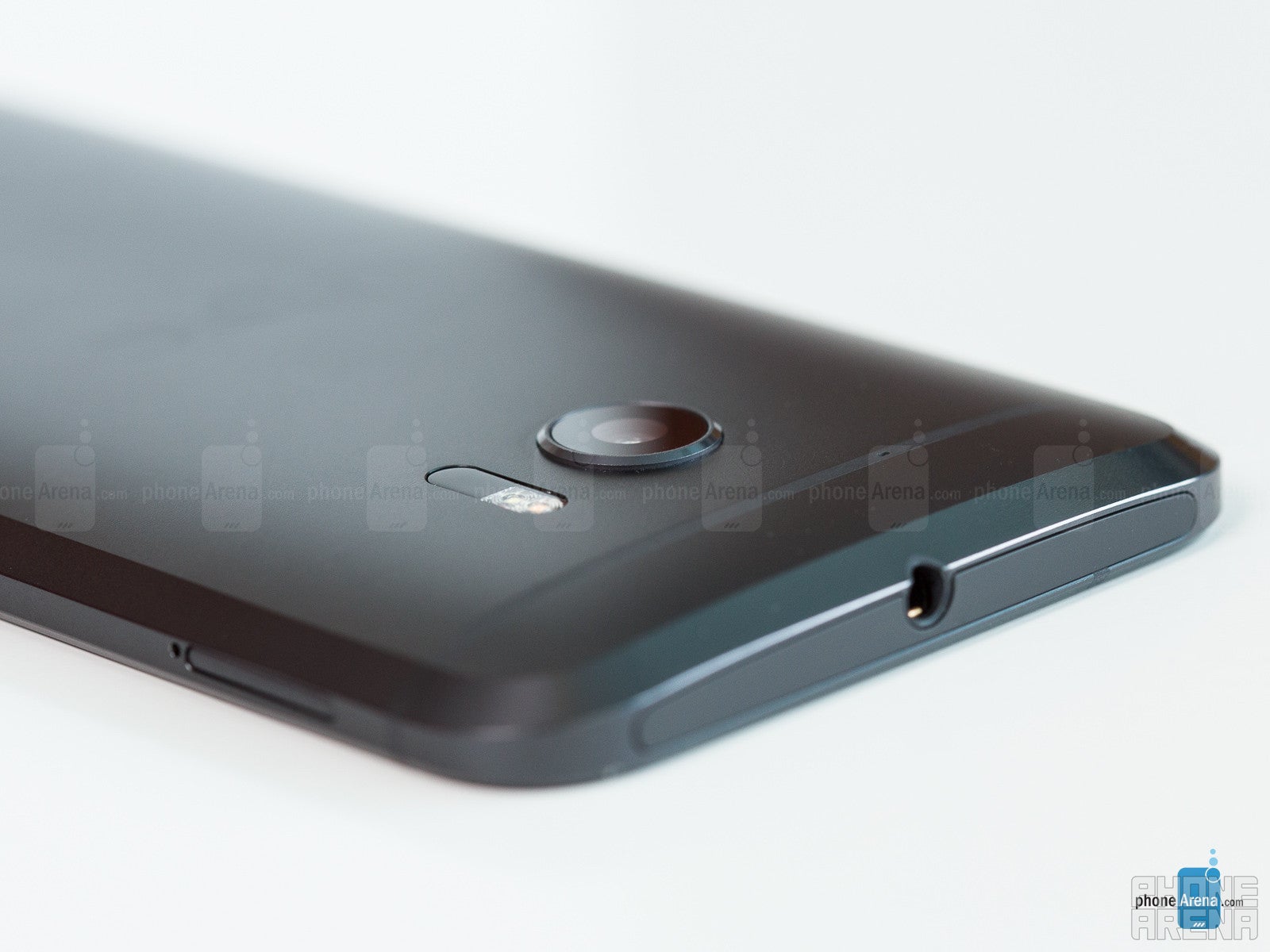
Another problem we noticed is that the snapper sometimes has troubledelivering clarity at the edges of the frame. So while the center isin focus, detail in the corners of the image can be mushy.
In low light, the camera delivers. Even without using the flash, theHTC 10 manages to soak up enough light from the scene to deliver abright shot, if at the expense of accuracy. That is, the scenes infront of us are actually darker than they appear in the 10's camerareel, which is nevertheless still preferable over the oppositescenario.
In the scheme of things, however, these are simply imperfections.Overall, the camera on the HTC 10 is terrific.
Unsurprisingly, the front-facing camera also does a pretty decent jobas far as your selfie needs go. There's an automatic HDR feature,along with auto focus and beauty effects. Selfies come out naturallylooking, with plenty detail, and the camera does an awesome job evenin complete darkness. In such cases, the screen of the HTC 10 lightsup and serves as a front flash, and we've got to say that it does thejob pretty well.
Video quality
Capable of 4K video capture along with slow-motion and evenhyperlapse video, the HTC 10 is a competent camcorder. Video qualityin 4K is terrific, not to mention smooth and well-stabilized thanksto OIS. Our only beef is with the laser auto-focus mechanism onboard, which sometimes struggles when having to transition betweensubjects without manual help.
Multimedia
All's good.
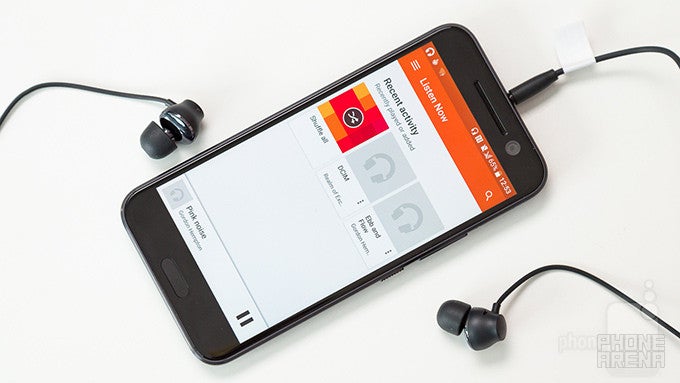
At 5.2-inches, the HTC 10 is a great mediumfor video watching, be it streaming or local playback—which istaken care of by the Google Photos app.
In fact, Google Photos is the only gallery app on the HTC 10, andthat's absolutely a great thing given how powerful it has grown. Notonly does it automate the process of backing up your photos to GoogleDrive, but you can also search your library through keywords. Betteryet, HTC has actually included the editing tools from its old Galleryapp into Google Photo, so you get a pretty powerful photo editor outof the box.
Speaking of music, and given HTC's BoomSound legacy, we need to havea word. First off, the front-firing, stereo BoomSound speakers of oldare obviously gone with the HTC 10. In their stead, HTC has gone fora speaker integrated into the earpiece (a tweeter), along with asecondary speaker on the bottom that takes care of lower frequencies.HTC spent a lot of time talking up this configuration, and while it'snot quite up there with the iPhone 6s', it is on par with otherflagships.
We were also sent the HTC Hi-Res Audio Earphones, which are notincluded with the US model, and we were disappointed. In particular,this is a pair that's absolutely monstrous on bass, and while thismay appeal to some, it's impossible for us to recommend suchimbalanced sound.
Call quality

Call quality with the HTC 10 is okay.The earpiece in particular proved inferior than the microphone, withvoices being accompanied by occasional cracking sound artifacts, andoverall sound as if the caller has a sore throat.
Kind of surprisingly, the situation on the other end is highlysimilar, if slightly better. Once again, our voice was transmitted asif we were just getting over a cold, though our callers were sparedthe sound aberrations that we had to live with on our side.
Given the measly competition in this area, it's fair to say that theHTC 10 nevertheless did better than the average.
Battery life
While flagship HTC devices have never been the best when it comes tolongevity, they've been consistently middle-of-the-pack. Not acompliment, sure, but neither is it something to hold against them.
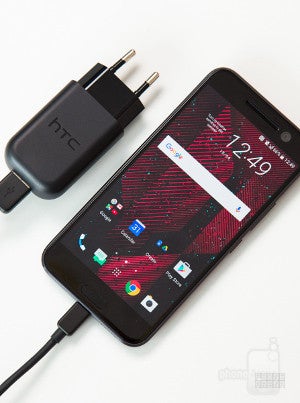
In everyday usage, you can expect the HTC 10 to handle anywherebetween a day/day-and-a-half, depending on how much you stress thedevice. If it's just light browsing and some IM here and there, nogames, you can probably even make it to a second day. If you gameregularly, however, you'll feel like overnight charges are a must forpeace of mind. These impressions are corroborated by our custombattery life test, which had the HTC 10 dead after 7 hours and 10minutes—a highly competitive result in the current climate.
Speaking of these overnight charges, the HTC 10 comes with a QualcommQuick Charge 3.0-compliant, 2.5A charger. In our testing, it takes 100 minutes for the HTC 10 to get from zero all the way back tofull, which isn't as impressive as the LG G5's 76 minutes or theGalaxy S7's 88 minutes. For what it's worth, however, HTC's claimthat you can get 50% of juice in 30 minutes held up in our testing,as long as we're talking about the first 50% of course.
Conclusion
How did we get here? When did flashy gimmicks become more importantin driving sales than a solid foundation? Why did removablebatteries, modules, and questionable 'innovations' like edge screensbecome a more compelling reason to buy one phone over the other? Andwhen did we stop caring about great execution—great execution inall matters?
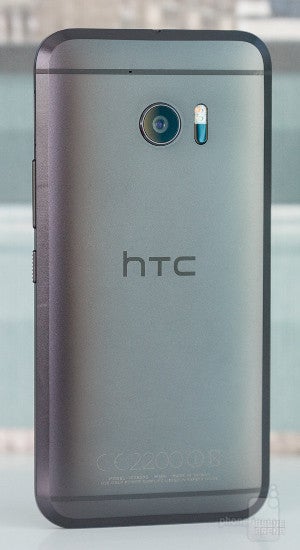
Despite bleeding money, HTC continues to refuse to play that game,and reminds us that it's a company that has its own style, its ownway of doing things. Some may be quick to argue that this is proof ofinability just as much as anything else, but we disagree. No matterhow much pessimism we try to infuse into our thinking, the HTC 10strikes us as a device built to specification. HTC wanted itto be that way.
What the HTC 10 isn't? It isn't a toy. It's not pretty or flashy.Instead, it's a tool. Andit's built like one. A tool to get the job done and then stay out ofthe way instead of wasting your time with gimmicks. Thiscut-through-the-nonsense approach is seriously a breath of fresh air,and a departure from the cookie-cutter Android mentality of the day.And as paradoxical as it may come across as, the HTC 10's lack of'innovative' features is the basis of its allure for us. Sue us, we'dbe happier being seen flipping the 10 out at a businessmeetingthan any other Android phone on the market right now.

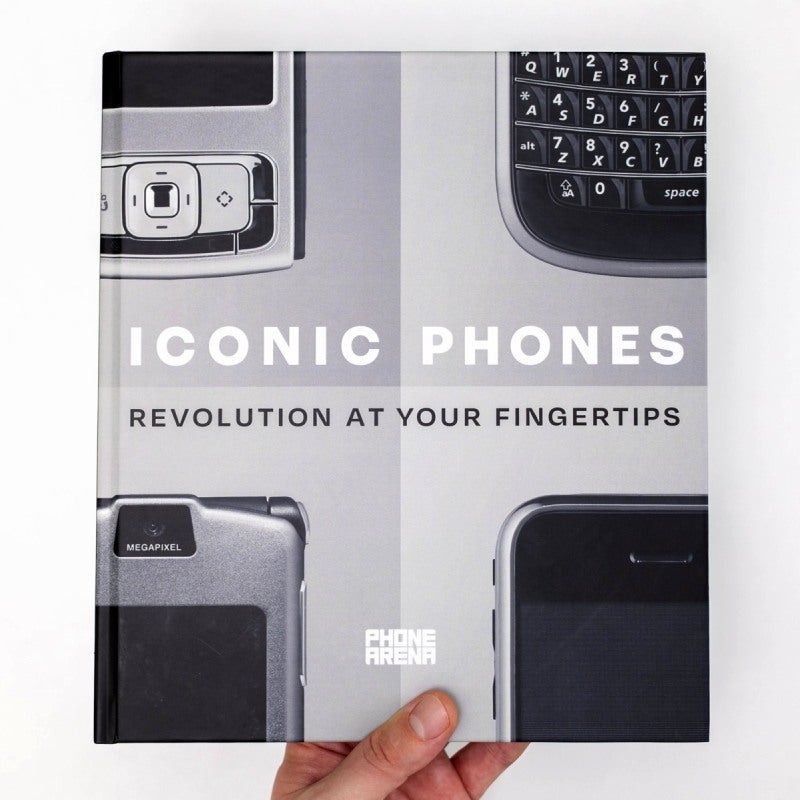
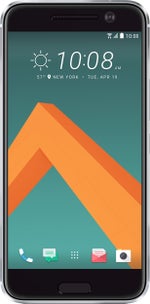
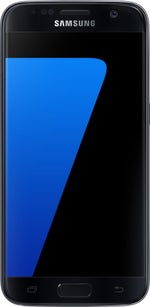
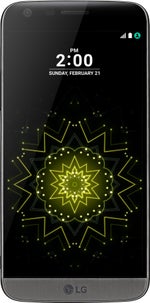





















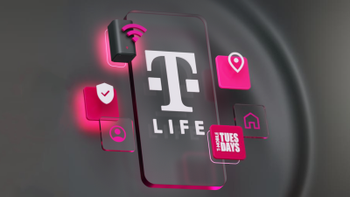
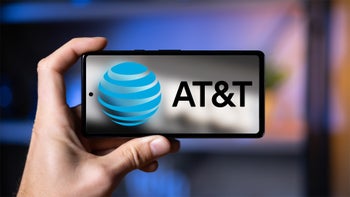

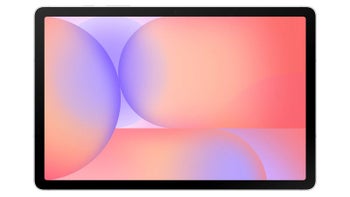
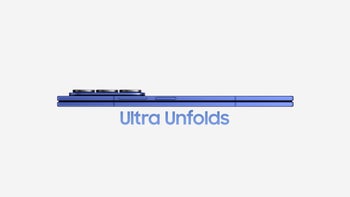
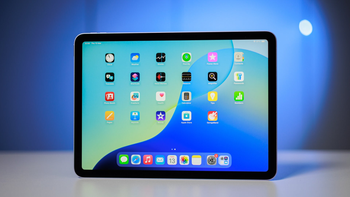
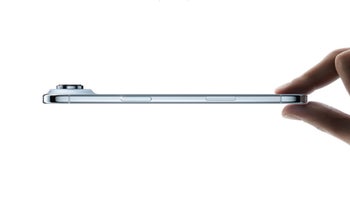
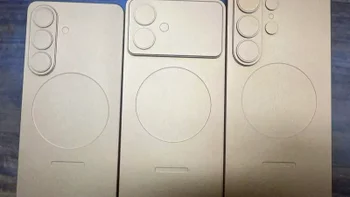
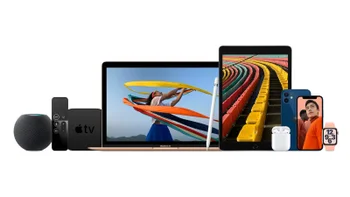

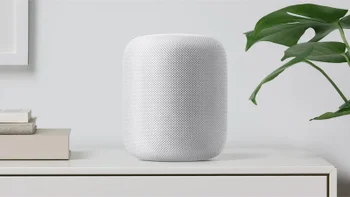
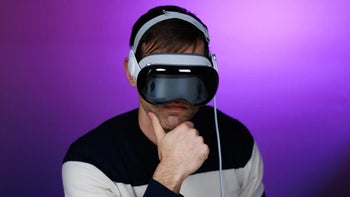
Things that are NOT allowed:
To help keep our community safe and free from spam, we apply temporary limits to newly created accounts: